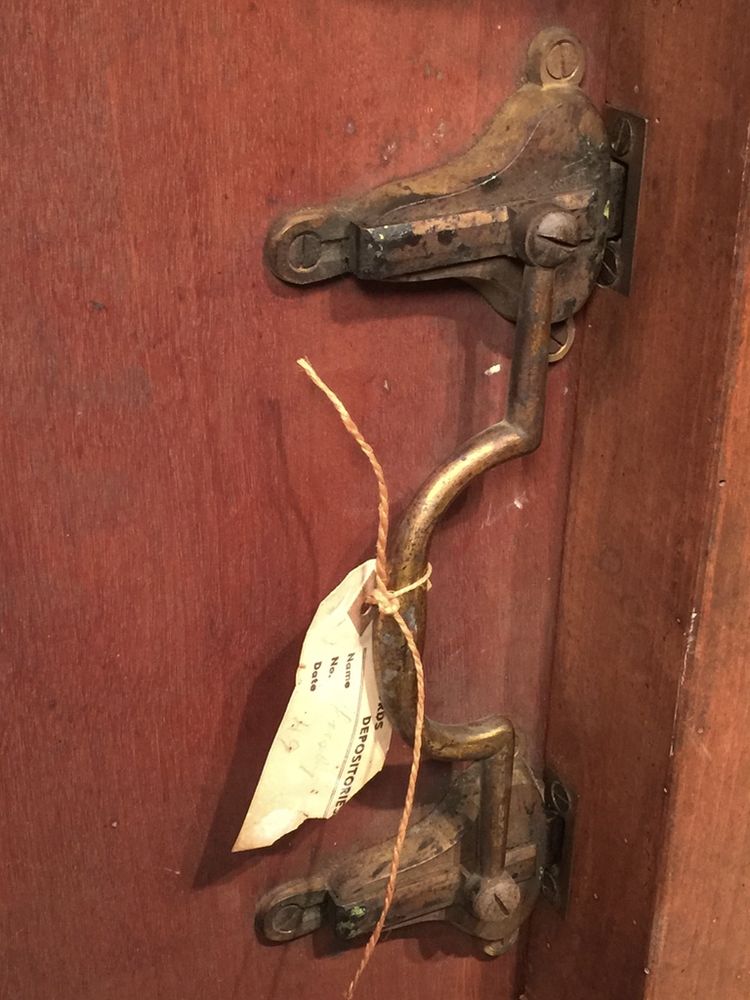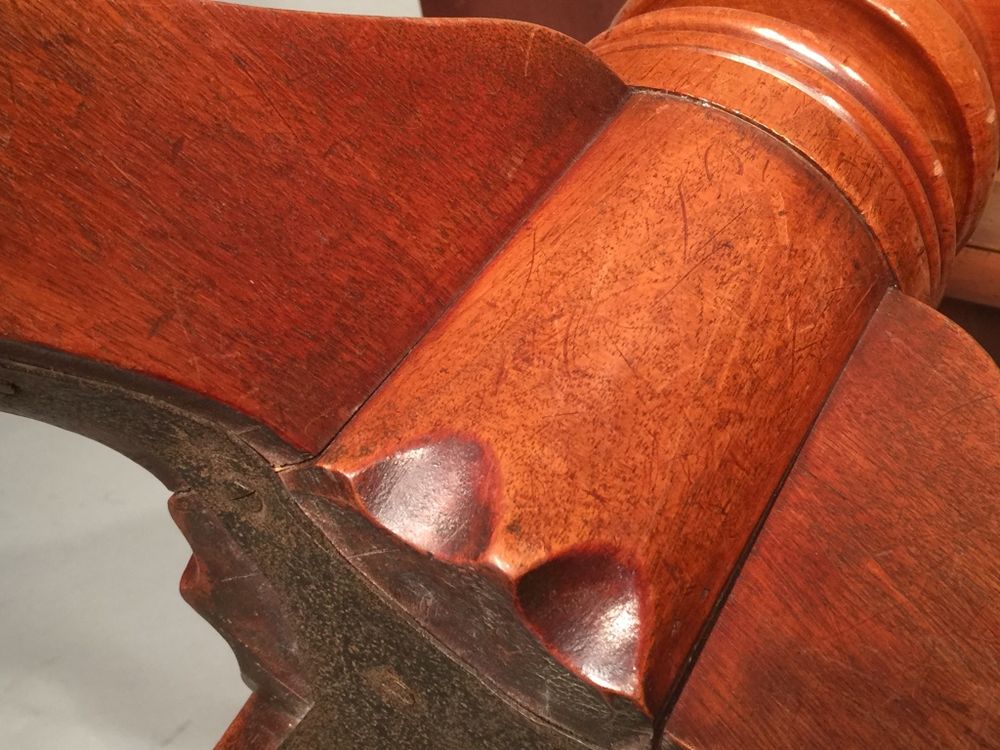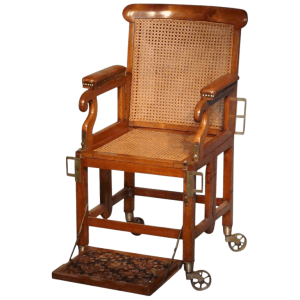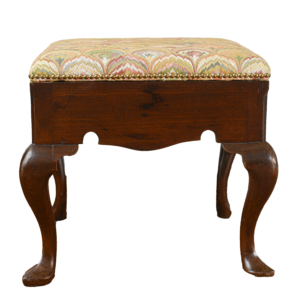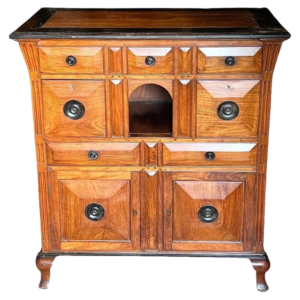Description
Late 18th century English antique twin pedestal (or twin pillar) dining table in mahogany, retaining its original leaf, and in original state.
The pedestals with well drawn down-curved legs terminating in the original brass cappings and castors. The figured tops of good colour.
These much sought after pedestal tables are preferable to the numerous other designs of Georgian dining tables, as they are much easier to sit at. Also chairs tuck away conveniently. The two ends of this table tilt, retaining all their original mechanisms. This feature is an indication of good design which enables the table, if necessary, to be stored vertically when not in use.
See Christies, 24th January 2008, a very similar mahogany twin pedestal dining table – Sold @ £ 9375.00.
Christies sold a two pedestal mahogany dining table @ £35,259: lot 136, 14th June 2001.
W: 118 cm
H: 73 cm
L: 141 cm – 211 cm with extra leaf in position
Ca. 1790
BHA 982
Ref:





